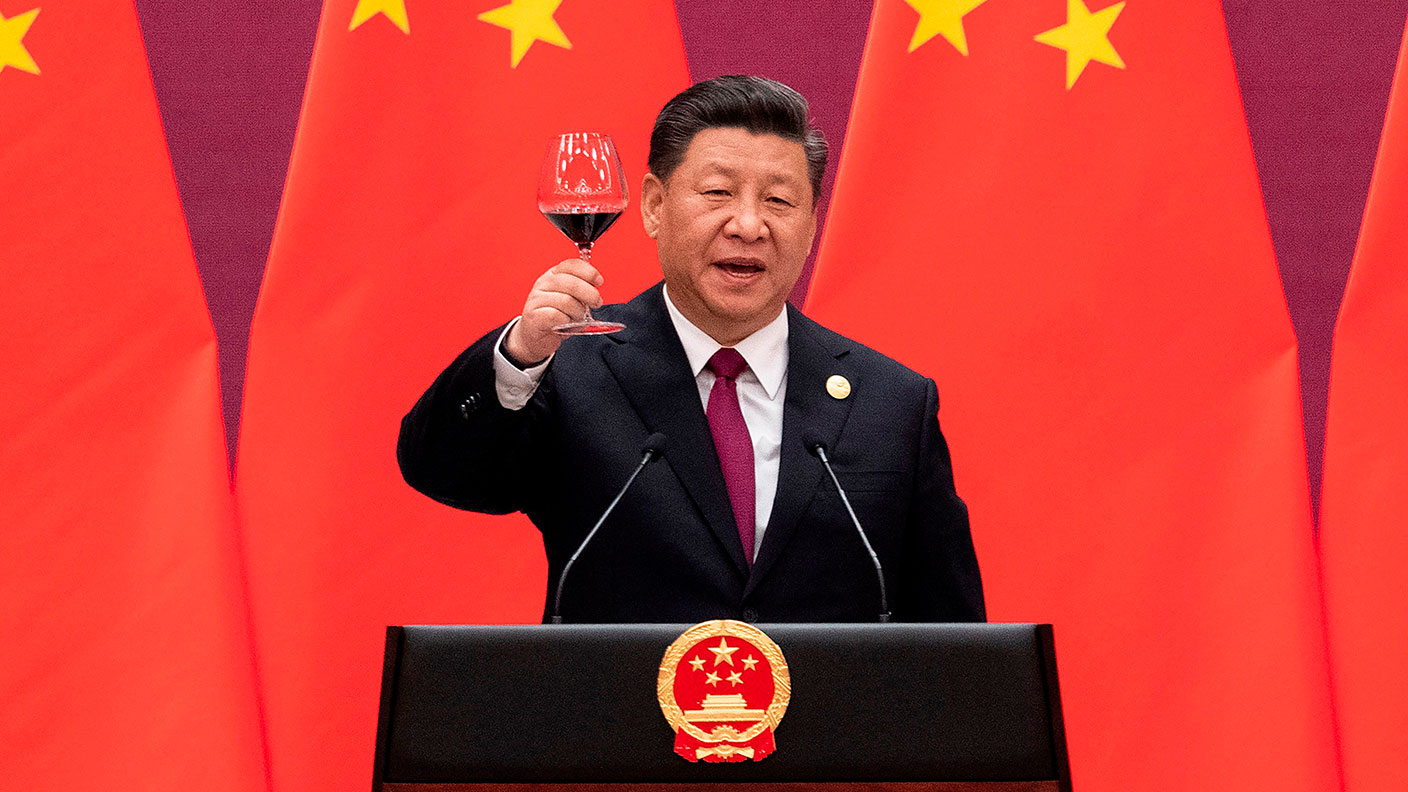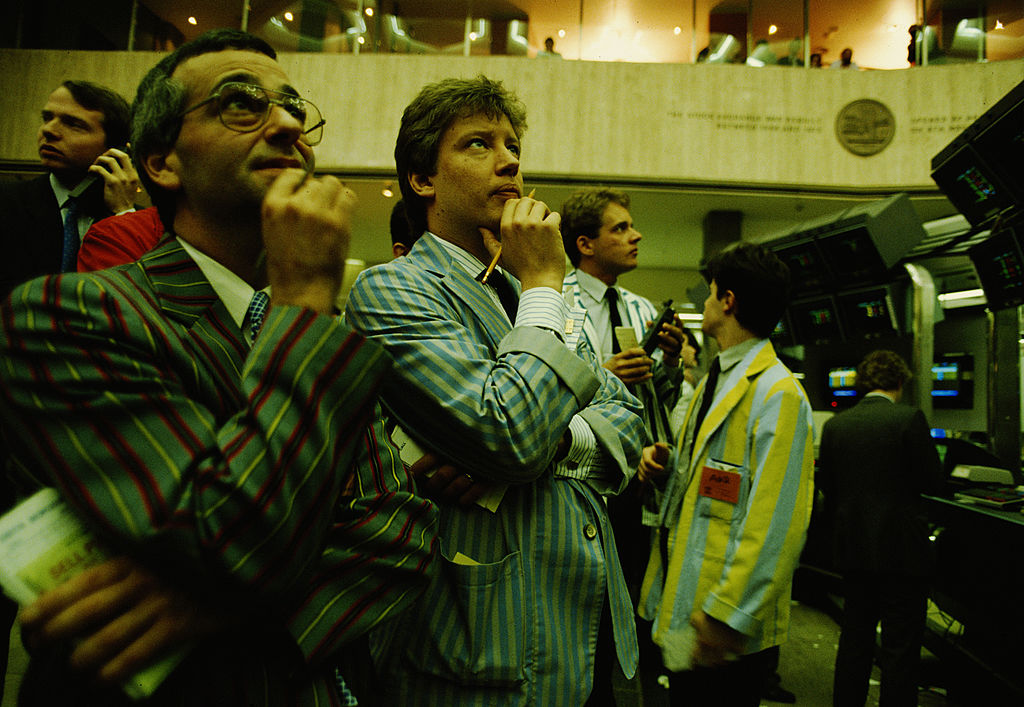How Asia's RCEP deal has brought the return of free trade
While Britain and the EU struggle to come to terms, 15 Asia-Pacific countries quietly signed the biggest free-trade deal in history. That’s a welcome development, says Simon Wilson

What’s happened?
In the middle of last month, as the UK and EU were struggling to nail down the world’s first free-trade agreement explicitly aimed at putting up fresh barriers to trade rather than tearing them down, 15 Asia-Pacific economies quietly signed the world’s biggest free-trade agreement. The Regional Comprehensive Economic Partnership (RCEP) has been signed by China, Japan, South Korea, Australia and New Zealand – along with ten southeast Asian countries, all members of the existing Asean trade bloc. The agreement covers almost a third of the world’s population and about 30% of global GDP – and is the first ever free-trade deal between China, Japan and South Korea, the biggest, second-biggest and fourth-biggest Asian economies. Of the major Asian economies, only India has opted out, over concerns over cheap Chinese imports. But as one of the original negotiating partners, it has an option to join at a later date.
When does the deal take effect?
It’s likely to be years rather than months, and some of its provisions may not take effect for up to 20 years. After eight years of tortuous on-off negotiations, the deal was concluded following a four-day international summit in the Vietnamese capital, Hanoi, in mid-November. But it must now be ratified by each country, and will not take effect until at least six of the ten Asean nations, and three of the five non-Asean nations, have done so. The key aim of the agreement is the progressive lowering of tariffs to allow more free movement of goods and encourage investment.
How is this different from the TPP?
RCEP represents a bigger bloc, but a less comprehensive deal. Since President Trump withdrew the US from the Trans-Pacific Partnership (TPP) trade deal in 2017, it has been renamed the Comprehensive and Progressive Agreement for Trans-Pacific Partnership (CPTPP) and was ratified by its 11 remaining members in 2018-2019. The RCEP nations’ overall market size is nearly five times greater than that of the CPTPP, and the trade between them twice as big. Seven countries (notably Japan and Australia) are in both blocs. But crucially, the new bloc includes China and South Korea (and six southeast Asian economies that are not CPTPP signatories). It does not include the Americas members of the CPTPP (Canada, Mexico, Peru and Chile). However, compared with CPTPP, the RCEP is less comprehensive – and with much less emphasis on labour rights, environmental and intellectual property protections and dispute resolution mechanisms.
MoneyWeek
Subscribe to MoneyWeek today and get your first six magazine issues absolutely FREE

Sign up to Money Morning
Don't miss the latest investment and personal finances news, market analysis, plus money-saving tips with our free twice-daily newsletter
Don't miss the latest investment and personal finances news, market analysis, plus money-saving tips with our free twice-daily newsletter
How important is the agreement?
RCEP was conceived as a grand “tidying-up exercise”, says The Economist, bringing together various smaller trade agreements in place between the Asean nations and Australia, China, Japan, New Zealand and South Korea. As such, only a limited amount of Asian trade is affected. Indeed, “of the $2.3trn in goods flowing between signatories in 2019, 83% passed between those that already had a trade deal”. The biggest benefits, in terms of trade liberalisation, will probably come of RCEP’s rules of origin – that is, the principles setting out how much regional content a product must have for it to enjoy lower tariffs. Currently, exports from an Asean state could face three different sets of rules when exported to China, South Korea or Japan. Now such companies will only need to comply with one and the rules are relatively liberal: many products will need just 40% of their value to be added within the region in order to take advantage of lower tariffs”.
Who gains the most?
The RCEP is not “China-led”, in the sense that it was the Asean nations that conceived the pact and have driven it forward. But it definitely serves China’s interests. The old TPP included provisions that reined in state-owned firms and included rules on labour and environmental standards. RCEP includes none of those constraints and is likely to strengthen China-centric supply chains. But a study by Peter Petri of the Peterson Institute and Michael Plummer of Johns Hopkins University estimates that Japan and South Korea will gain the most, with real incomes 1% higher by 2030 than they would have otherwise been.
So a bit of damp squib?
It has certainly been over hyped, says Salvatore Babones in Foreign Policy. The RCEP is a “straight tariff-reduction agreement at a time when base tariffs are already low, and countries don’t hesitate to impose punitive tariffs whenever it suits their foreign-policy objectives”. Moreover, it avoids hard issues such as state subsidies, intellectual property theft and investor-state disputes. Yet it remains the biggest free-trade deal in history, says Petri and Plummer for the Brookings think-tank. Together, CPTPP and RCEP are the only major multilateral free-trade agreements signed in the Trump era. And as now configured (ie, without the US) both of them “forcefully stimulate intra-East Asian integration around China and Japan”. RCEP will “help China strengthen its relations with neighbours”, and accelerate northeast Asian economic integration.
What should America do?
In terms of pushing back against China, and reasserting US leadership on trade, the “obvious move”, says the FT, would be for the Biden administration to take the US into the CPTPP. Alas, while “such a move would make sense in diplomatic and economic terms”, it is probably “politically impossible in the current US climate”. There is an interesting geostrategic dilemma for India, too, with its goal of emerging as this century’s second Asian superpower. The Modi government has stood aside from RCEP, but India “must take care it does not relapse into the defensive, inward-looking attitude that has served the country so badly in the past”. And for the Western world as a whole, RCEP presents a salutary reminder. Whatever the prevailing mood of scepticism towards economic liberalisation, “free trade is the best route to greater prosperity”.
Get the latest financial news, insights and expert analysis from our award-winning MoneyWeek team, to help you understand what really matters when it comes to your finances.
Simon Wilson’s first career was in book publishing, as an economics editor at Routledge, and as a publisher of non-fiction at Random House, specialising in popular business and management books. While there, he published Customers.com, a bestselling classic of the early days of e-commerce, and The Money or Your Life: Reuniting Work and Joy, an inspirational book that helped inspire its publisher towards a post-corporate, portfolio life.
Since 2001, he has been a writer for MoneyWeek, a financial copywriter, and a long-time contributing editor at The Week. Simon also works as an actor and corporate trainer; current and past clients include investment banks, the Bank of England, the UK government, several Magic Circle law firms and all of the Big Four accountancy firms. He has a degree in languages (German and Spanish) and social and political sciences from the University of Cambridge.
-
 Autumn Budget tax changes: how is your generation affected?
Autumn Budget tax changes: how is your generation affected?The chancellor expects everyone to do their bit to boost the nation's finances but the tax burden is by no means shared equally
-
 Revealed: pension savers ditch investment trusts and favour passive funds
Revealed: pension savers ditch investment trusts and favour passive fundsDemand for investment trusts is cooling among self-invested personal pension (Sipp) customers, who are increasingly choosing money market funds, passive funds and individual shares
-
 Leading European companies offer long-term growth prospects
Leading European companies offer long-term growth prospectsOpinion Alexander Darwall, lead portfolio manager, European Opportunities Trust, picks three European companies where he'd put his money
-
 How to capitalise on the pessimism around Britain's stock market
How to capitalise on the pessimism around Britain's stock marketOpinion There was little in the Budget to prop up Britain's stock market, but opportunities are hiding in plain sight. Investors should take advantage while they can
-
 London claims victory in the Brexit wars
London claims victory in the Brexit warsOpinion JPMorgan Chase's decision to build a new headquarters in London is a huge vote of confidence and a sign that the City will remain Europe's key financial hub
-
 The consequences of the Autumn Budget – and what it means for the UK economy
The consequences of the Autumn Budget – and what it means for the UK economyOpinion A directionless and floundering government has ducked the hard choices at the Autumn Budget, says Simon Wilson
-
 Reinventing the high street – how to invest in the retailers driving the change
Reinventing the high street – how to invest in the retailers driving the changeThe high street brands that can make shopping and leisure an enjoyable experience will thrive, says Maryam Cockar
-
 The global defence boom has moved beyond Europe – here’s how to profit
The global defence boom has moved beyond Europe – here’s how to profitOpinion Tom Bailey, head of research for the Future of Defence Indo-Pac ex-China UCITS ETF, picks three defence stocks where he'd put his money
-
 Profit from a return to the office with Workspace
Profit from a return to the office with WorkspaceWorkspace is an unloved play on the real estate investment trust sector as demand for flexible office space rises
-
 An “existential crisis” for investment trusts? We’ve heard it all before in the 70s
An “existential crisis” for investment trusts? We’ve heard it all before in the 70sOpinion Those fearing for the future of investment trusts should remember what happened 50 years ago, says Max King